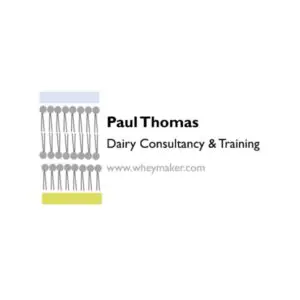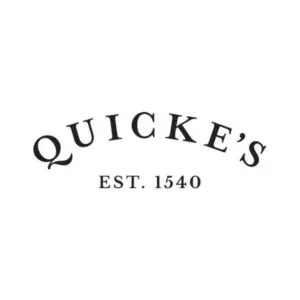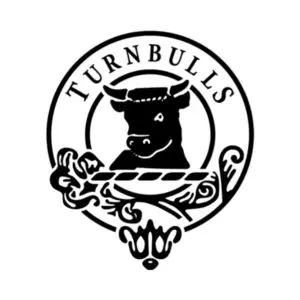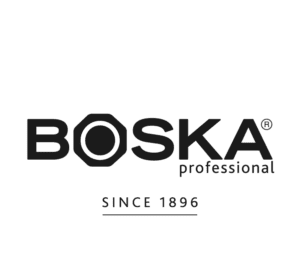Cloth-Bound Cheddar
Cheddar takes its name from a gorge and village in Somerset, where the cheese was first linked to as far back as the 16th century. There are many different shapes, sizes, colours and ages of cheddar, using different milks, made all over the world. However, the traditional cheese is made in round truckles using cows’ milk, which are bandaged in muslin to protect them as they mature.
Following the hard cheese process, the curds are cut, stirred and scalded to temperatures around 38-42°C to remove moisture. The whey is drained, and the piles of curd are cut into blocks which are turned and stacked (cheddared) to promote drainage as they acidify. Once the target acidity is reached, the curds are milled and salted before moulding and pressing. The muslin is traditionally applied using lard. Natural moulds grow on the cloth during maturation and contribute to the development of the rind.

Eating Cloth-Bound Cheddar
Cloth-bound Cheddar is a classic British cheese that should feature on every Christmas cheeseboard. Treat yourself to a hearty wedge, simply cut whatever you need and keep the rest in the fridge for the next day. To maintain its peak condition, remember to keep it out of the fridge door, away from airtight boxes, ideally in the salad drawer and waxed cheese paper is your friend. Simple!
GUIDE TO TASTING CHEESE
Learn about the four stages of tasting cheese and how to take tasting notes with this definitive guide to tasting cheese.
This Cheese is part of the Master of Cheese Level One associate certificate




















